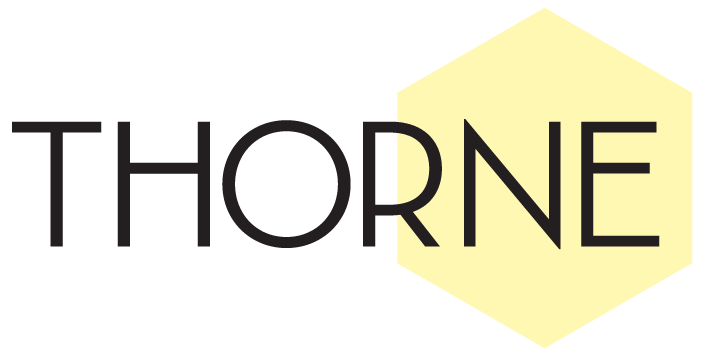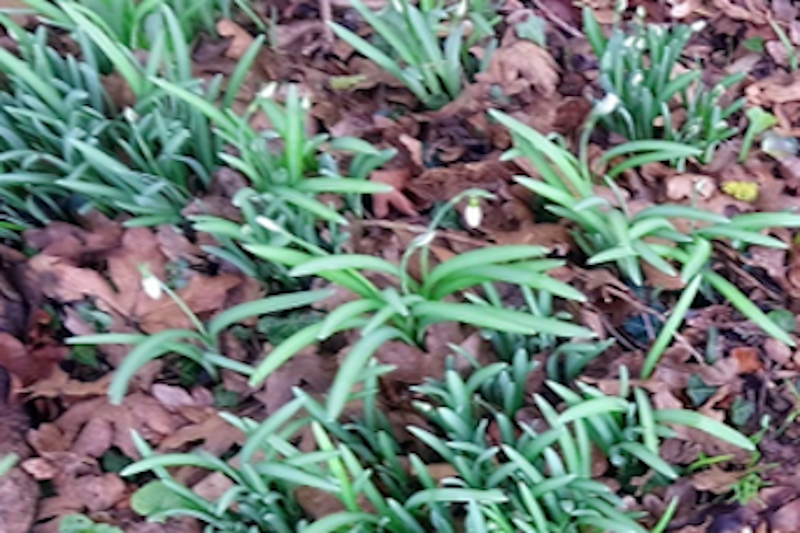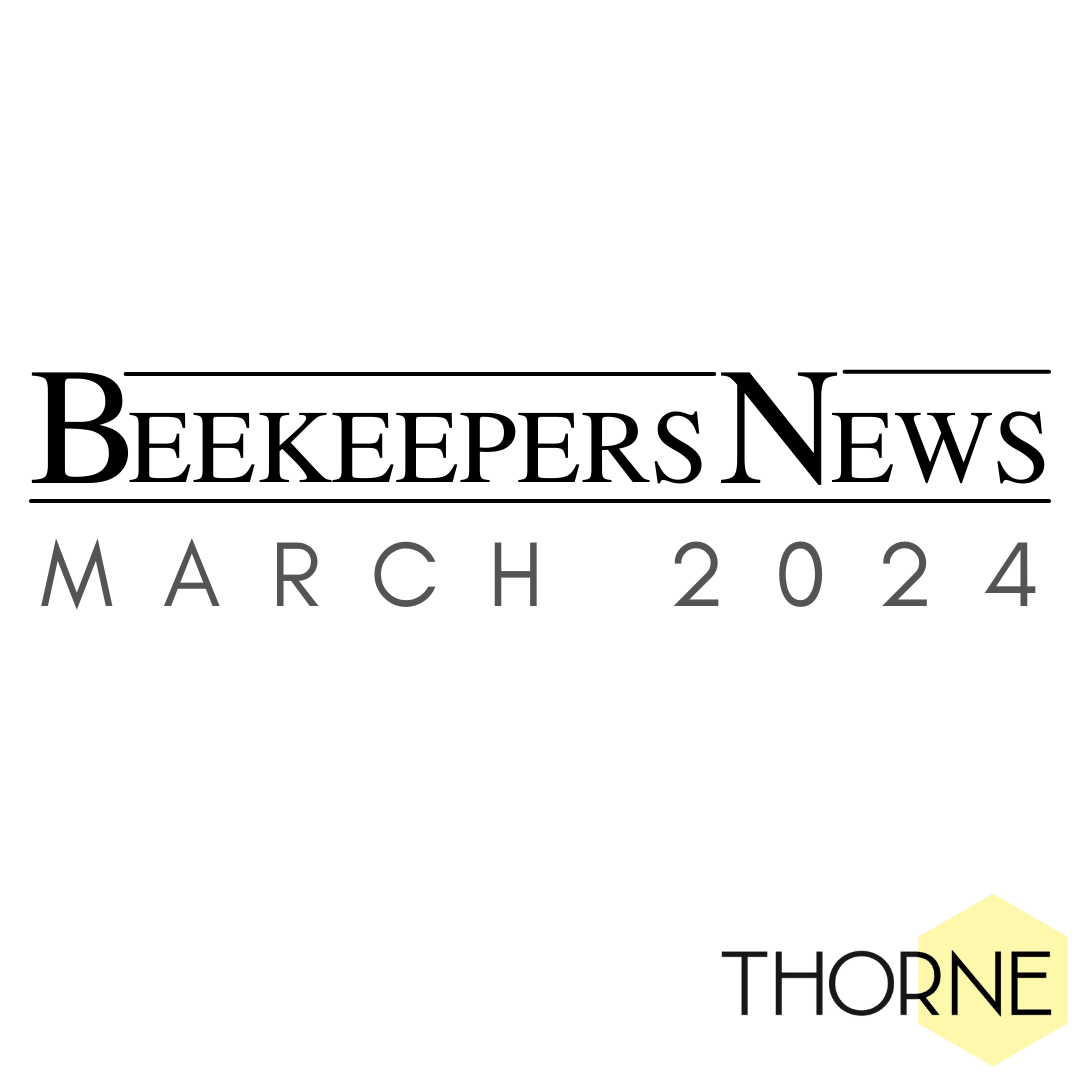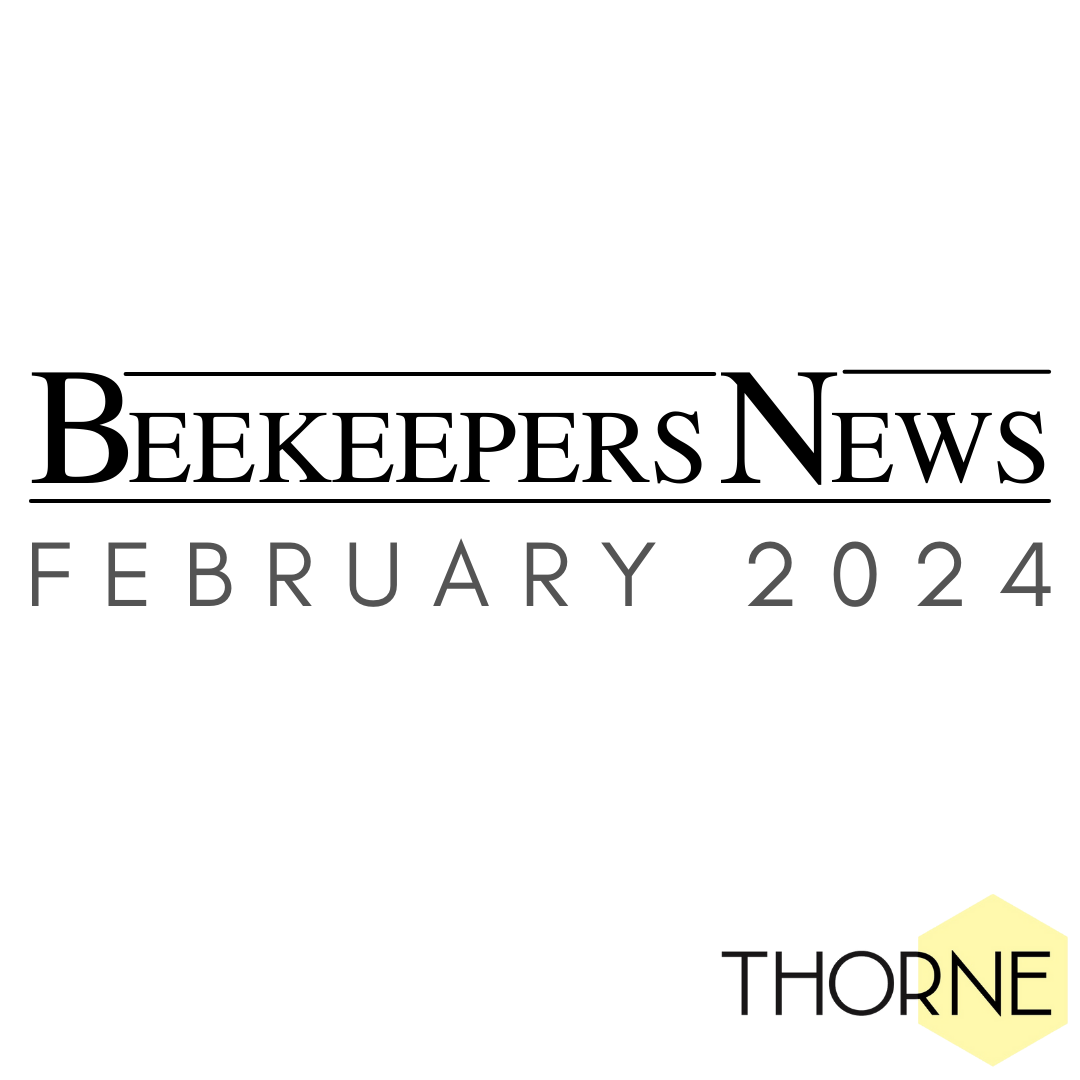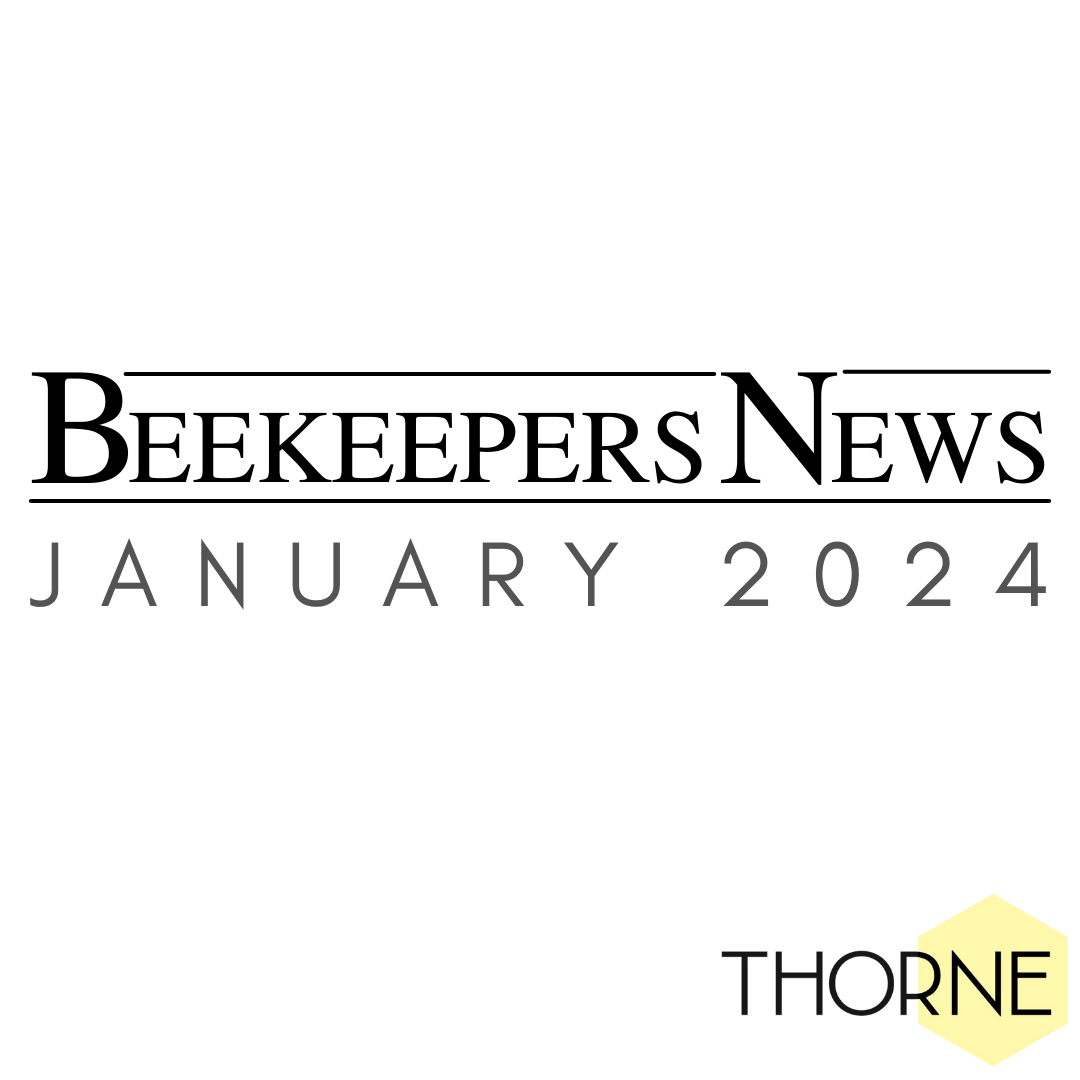January Roundup
January is all about the winter sale. As in previous years we have been inundated with orders for frames and hive parts. Please accept our apologies if you haven’t received your order yet. We will get it to you just as soon as we can.
Our 2020 catalogue will be out on the 1st February this year. If you don’t receive yours by mid-February then please drop us an email at sales@thorne.co.uk. Back by popular demand are our memory sticks. If you have an upcoming training course and would like some memory sticks and new catalogues then please email rebecca@thorne.co.uk.
The spring shows are fast approaching. In addition to The Ulster Convention, Bee Tradex, Welsh Spring Convention and the BBKA Spring Convention we will also be attending the Holsworthy Show in Devon and the Yorkshire Beekeepers Association Spring Conference. Dates are at the end of this newsletter. We will be taking orders for collection at the shows from Monday 3rd February.
Have a look at the Build Your Own Hive workshop, run by Oliver St. John, at the BBKA Spring Convention. A workshop explaining how to build your National Hive – and you will walk away with your very own Thorne budget hive.
Position Vacant
We are looking for someone to run our Windsor store for two to three days a week. Days can be flexible. 10am – 5pm. If you are interested in receiving more information please email rebecca@thorne.co.uk.
Ask the Expert……
What to do if it doesn’t get cold in winter
Just like farmers, we beekeepers have noted a considerable shift in weather patterns in recent years. Spring and summer tend to be even more unpredictable than we are used to here in the UK with autumn and winter becoming increasingly wet and mild. These changes in weather present us with challenges which mean we may have to adapt the way we keep our bees.
You may have heard some of the older beekeepers saying that it is best for the bees if we have a nice cold winter, which may be a surprise to those who try hard to keep their bees warm. In fact, bees cope with the cold well; they cluster into a tight ball and keep each other warm. This gives the queen a break from laying eggs, leaving her prepared for the spring and it also means the bees consume fewer stores - when they cluster, they preserve energy. Cold, dry winters are much preferable to mild and wet. In the last few years, winters in the UK have been markedly warm and wet (ok, with the exception of the Beast from the East). Queens have continued to lay eggs throughout the winter and so the colony keeps producing brood. Not only does it mean the colony doesn’t get a proper rest, the warm and damp weather can cause health issues in the hive. These are ideal conditions for fungal spores to grow, increasing the likelihood of problems such as chalkbrood.
So, if the weather does not get cold, what do you do? The bees may not cluster completely, which means they will be active and using up the stores they have collected throughout the year. If you are not careful, they may consume all the food they have in the hive and starve. This issue is compounded by the fact the queen may still be laying, so the population is on the increase as well. You cannot force them to shut down, but you do need to make sure they have enough food, either in stores or in fondant, so more regular checks for stores are essential. When putting fondant on your hives in milder conditions, make sure to put a veil over your head, as when the bees are not clustered, you may find that some fly up in your face! Another point to make is not to move the hives in mild weather without shutting them up properly for a couple of days, like you would at any other time of the year. This is because if they are flying, any bees that leave the hive will return to the hive’s previous position, meaning you could lose a significant number of flying bees.
Equipment Focus… Handy winter tools
During the colder months of the year, when the bees are tucked up inside the hive, you may be wondering how to keep yourself busy (or you may not!). Well, there are plenty of jobs to be getting on with and one of those is making sure your equipment from last year is in tip-top condition for the season ahead. Your hive boxes, queen excluders, frames and floors will need cleaning and preparing before you use them again.
Brood bodies and supers can be scraped out using one of our many hive tools. The C3 hive tool is a good example of a tool which will work well to scrape out the insides of used boxes, as the wooden handle provides an excellent grip and the double ended flat and bent scrapers mean the tool can be used in whichever way suits the beekeeper for the task in hand.
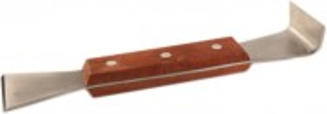
Cleaning up queen excluders can be particularly tricky as these tend to attract lots of wax and propolis into the very small gaps between the rods or slots. To tackle these difficult hive parts, try one of our Wire Excluder Cleaners, specifically designed to get rid of stuck on debris.
The Wire Excluder Cleaner 1, made here at Rand from stainless steel has an ergonomic design, fitting nicely into the hand and a sharp toothed edge to get right into the slots and give them a good clean.
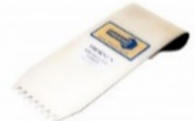
Alternatively, we have the Wire Excluder Cleaner 2 which is also made from stainless steel but has a wooden handle and an accurately machined 10 slot scraper, accompanied by a hive tool-like blade on the other edge. Both of these cleaners will do a fantastic job, so it just depends which style you prefer.
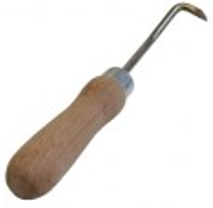
Frames are equally as tricky to clean up as queen excluders but in a slightly different way. Getting the grooves in the side bars free of wax is nigh-on impossible without our Frame Cleaner. Every beekeeper who reuses frames year on year and re-waxes them will find that those grooves are full of wax debris so a frame cleaner is a beekeeping essential! This tool has a wooden handle and a sharp, hooked end. This can reach into every nook and cranny in your old frames and really get them cleaned up ready for new wax.
Finally, hive floors are often fairly grotty by the end of the season, given the amount of hive debris that falls onto them, together with a certain number of dead bees, especially over winter. These definitely need a good scrape before being reused so the best tool to use for this particular job is the aptly named Floor Scraper. This is useful as the long handle and slim design allows it to be inserted into the hive while the bees are still in there and any dead bees or hive waste can be removed without disturbing them.
February Special Offer
This month our special offer is buy a pack of CandiPhenol fondant and a receive a feeder eke at half price. Apply discount code EKE2020 in your basket. The offer is only valid if the CandiPhenol and feeder eke are added to your basket.
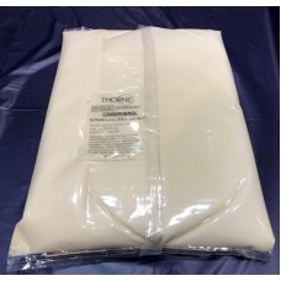
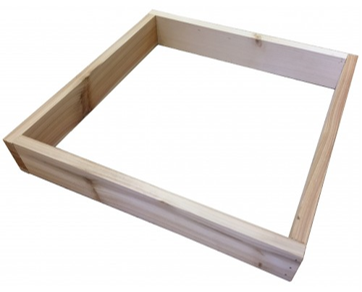
CandiPhenol is a relatively new feed to the UK market and contains 10ml Polyphenol. It has long been known and proven that polyphenols can play an important part in maintaining human health. The positive benefits of olive oil are summarised in an EFSA (European Food Safety Authority) Scientific Opinion published in 2011. Polyphenols in olive oil help prevent oxidative damage, help maintain normal blood pressure, have anti-inflammatory properties, contribute to upper respiratory tract health and can maintain a normal gastrointestinal function.
By processing the waste pulp from olive oil production through osmosis and pressure alone, olive polyphenols can now bring similar benefits to bee health, providing antibacterial and antimicrobial benefits as well as contributing greatly to the health of the bees gut.
It is proven to be effective in combating Nosema, EFB and AFB and a powerful anti-oxidant. It has less than 3ppm HMF. All the sugar is beet derived and GM free. Ingredients: Sucrose, fructose, glucose syrup, purified water and polyphenol. CandiPhenol costs £7.95 per 2.5kg.
The feeder eke is an inexpensive assembled eke ideal for feeding fondant or using with a rapid or English feeder. Normal price is £7.20
Beekeeping Blog
January 2020
Early in January, I did the usual checking of varroa levels using the open mesh floor insert and decided the varroa treatment of choice this year would be VarroMed. This is an oxalic acid based product, similar to the likes of Oxybee and Api-Bioxal but it also contains formic acid. Unlike these other two, VarroMed comes in a convenient squeeze bottle with the solution ready made up.
This month I observed flying bees especially on sunny days and noticed that when I opened up the hive to treat the colonies, they were not all clustered tightly inside the hive either. Being in a tight cluster is preferable when treating as this means you can get on with your treatment in peace, without a face full of bees flying up at you. This picture shows a fairly tightly clustered colony, with the VarroMed poised to treat. You can see the bees are sat on top of the frames; ideally, they would be clustered further down in between the frames but this one happened to stay fairly tight even as the liquid was dropped onto them.
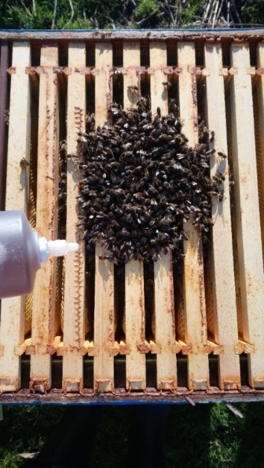
Hefting and feeding the colonies continue to be winter tasks. As usual, I found most colonies did not need re-feeding from one week to the next, but occasionally there was one that had eaten the majority of the fondant provided for them on the previous visit. These are the only ones I fed. Taking into consideration the warm temperatures we experienced for the majority of January however, I checked on the stores every week. As mentioned above, not all colonies clustered properly, which means they will have used up more energy than if it were a cold winter and were clustered in a tight ball. That said, it has still been too cold for the bees to forage, plus the fact there has not been anything for them to actually forage on and therefore they will not have replenished any of the stores they have been using. Bees can starve at this time of year, especially if there is a cold snap and they don’t have enough stores in the hive to sustain themselves. Therefore, it is up to me to make sure they have plenty of food to see them through.
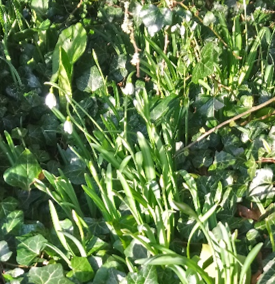
With all the rain we have had in the last few months, the apiary at the lakes where we keep the majority of our bees at Rand is still sodden. The hives are fine as it is not flooded but it is far too wet to get the trailer on there with the slabs that we need to set out the new apiary. We will just have to wait until the ground has either frozen or completely dried out before we can drive on the grass and deliver the slabs.
In the last half of the month, despite some colder weather, I spotted the first sign of spring (although, I do have to remind myself not to get too excited just yet)! Round the back of the museum apiary here at Rand I came across a couple of clusters of Snowdrops – if you look closely, you may be able to see a few white heads!
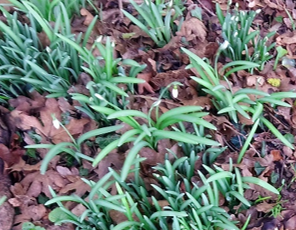
A lot of what goes on here beekeeping-wise during these colder months is done inside; planning what treatments to use, deciding on methods to take off nucs, organizing what kind of equipment we need, how to carry out queen rearing and much more. It does sometimes seem like there is an overwhelming amount to organize and plan but it is better to have a good idea now rather than in April when the bees get busy!
Bees for Development Update
The Big Give Christmas Challenge
The Big Give Christmas Challenge 2019 was a resounding success for Bees for Development. With the help of our supporters, pledgers including Ethiopiaid, and of course many Thorne’s customers, we exceeded our ambitious target of £80,000! What a marvellous way to end 2019. We wish to thank everyone who so generously donated during the campaign, and we look forward to keeping you up to date as our project in Ethiopia gets underway this year.
__________
Straw Skep Weaving Course (Extra date added due to popular demand)
19th April 2020
You may have read Chris Park’s fascinating article about the skilful process of straw skep weaving in the latest Bee Craft magazine. Since its publication, we have been inundated with enquiries for our straw skep weaving course that Chris runs for Bees for Development, and our course in February is now fully booked. However, we have been able to add an extra date to our calendar and are pleased to offer you this same course in April. Book early to avoid disappointment.
For more information about our courses and training days coming up in the UK and around the world, and to make a booking, visit: http://www.beesfordevelopment.org/events-calendar/
National Honey Show
Look forward to seeing you at this year’s show: Thursday 22nd to Saturday 24th October 2020.
www.honeyshow.co.uk.
Upcoming Events
2020 Catalogue posted out Early February
Ordering begins for Spring Shows (including those shown below) 3rd February
Ulster Spring Convention 15th February
Holsworthy Show, Devon 22nd February
Bee Tradex 14th March
Welsh Spring Convention 28th March
BBKA Spring Convention 4th April
Yorkshire Spring Conference
